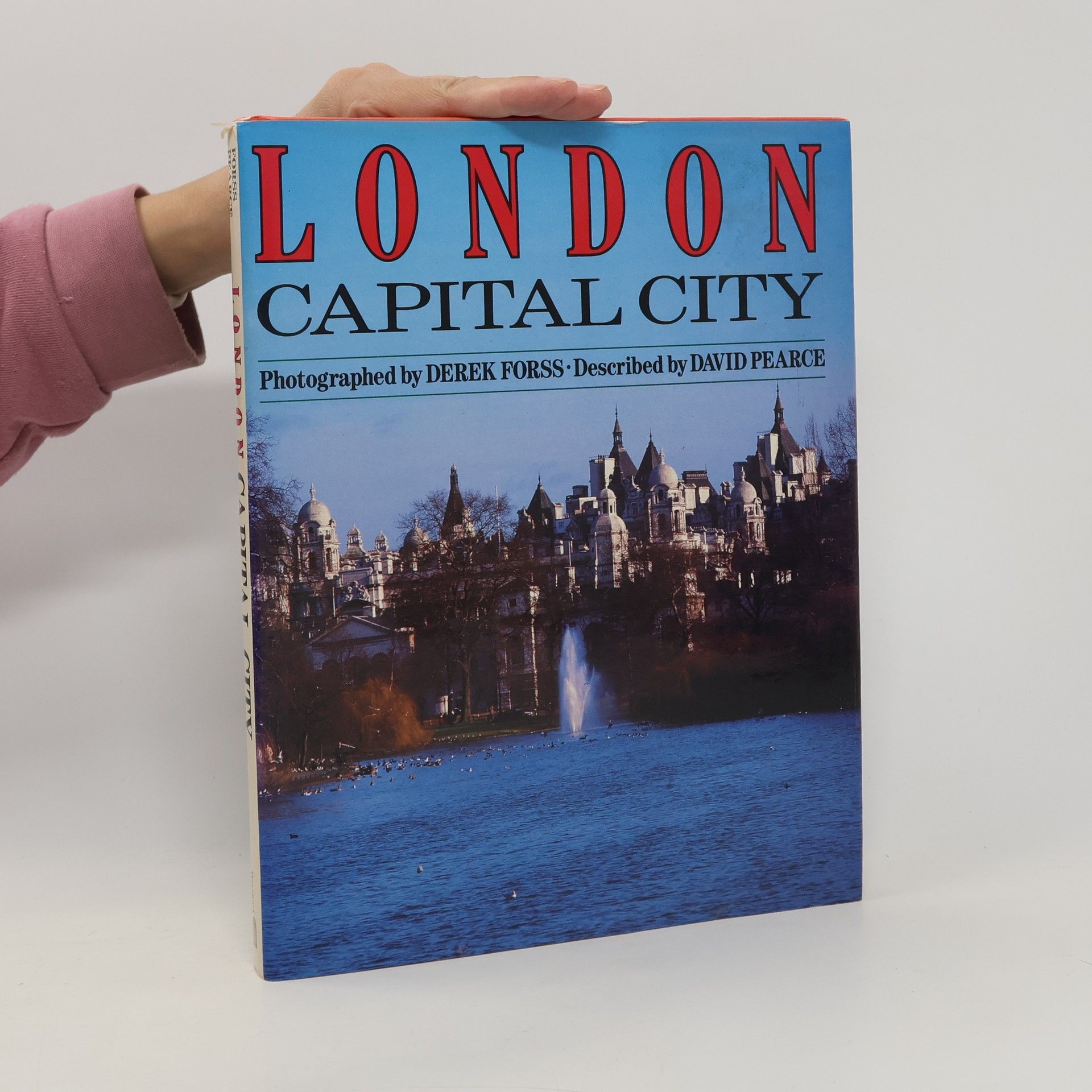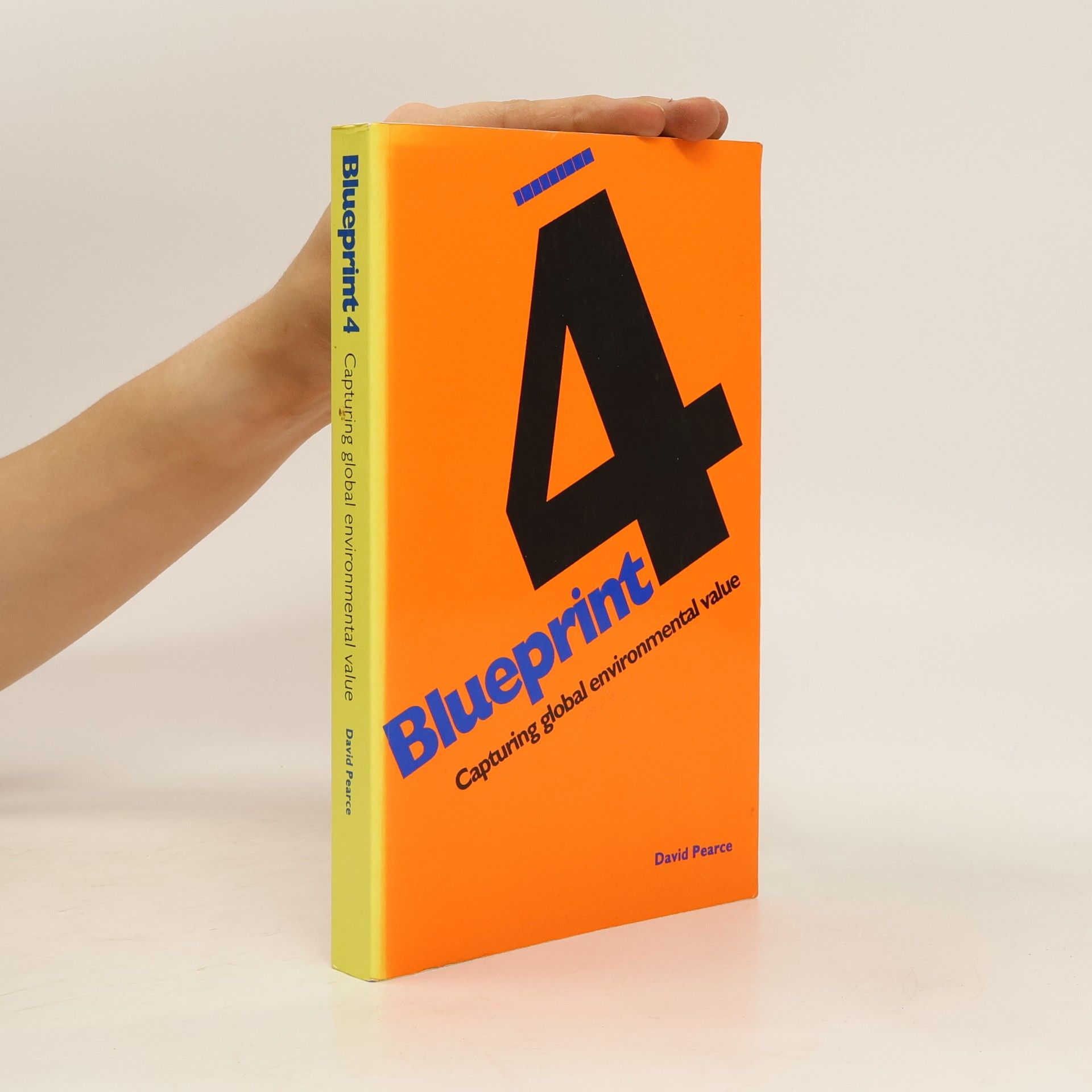Blueprint 4. Capturing Global Environmental Value
- 224 páginas
- 8 horas de lectura
First Published in 1995. Routledge is an imprint of Taylor & Francis, an informa company.
David Pearce es un filósofo independiente británico dedicado a la abolición ética del sufrimiento. Sostiene que existe un imperativo moral sólido para eliminar todas las formas de experiencia desagradable en la vida sensible. Su obra describe cómo los avances tecnológicos podrían converger para reemplazar el sufrimiento con gradientes de bienestar, un concepto que él denomina "ingeniería del paraíso". Como transhumanista y vegano, Pearce enfatiza nuestra responsabilidad no solo de evitar la crueldad, sino también de rediseñar el ecosistema global para prevenir el sufrimiento en la naturaleza.





First Published in 1995. Routledge is an imprint of Taylor & Francis, an informa company.
This report has been prepared by the London Environmental Economics Centre (LEEC). LEEC is a joint venture, established in 1988, by the International Institute for Environment and Development (IIED) and the department of Economics of University College London (UCL). Popularly known as The Pearce Report, this book is a report prepared for the Department of the Environment. It demonstrates the ways in which elements in our environment at present under threat from many forms of pollution can be costed. The book goes on to show ways in which governments are able, as a consequence of this analysis, to construct systems of taxation which would both reduce pollution by making it too costly and generate revenue for cleaning up much of the damage. The book ends with a series of skeleton programmes for progress.
A photographic study of London, with an emphasis on architecture, avoiding stereotyped views and taking in some less familiar facets of the capital, including Camden Lock, docklands, mosques and pavement cafes, while 26 prints and old photographs give a glimpse of London's complicated past.
Focusing on innovative strategies and best practices, this guide offers dental professionals insights to enhance their practice. It covers essential topics such as patient engagement, marketing techniques, and operational efficiency. The book emphasizes building a strong team and fostering a positive workplace culture while also addressing the latest technological advancements in dentistry. With practical tips and real-world examples, it aims to empower dentists to achieve success and provide exceptional care to their patients.